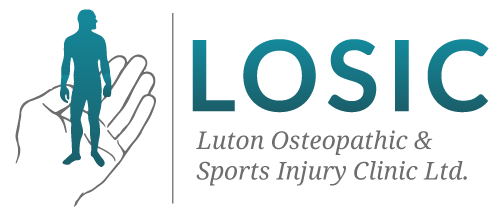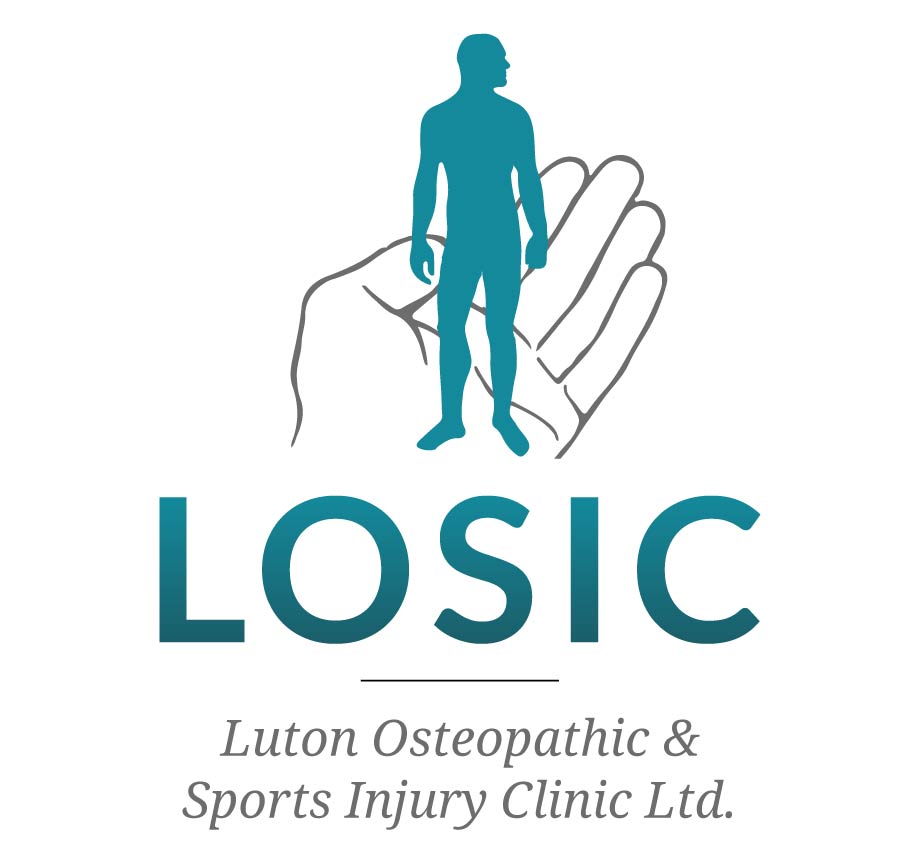A Case Study by Kieran Meegan, Osteopath
In osteopathic practice, certain cases leave a lasting impression—not only because of the outcome for the patient but also for the personal learning they offer. One such case involved a patient who had been living with debilitating low back pain and sciatica for three years, a journey that began in 2022 following a sports-related injury.
The patient, an enthusiastic and talented footballer, sustained an injury during a match—an activity she loved. Unfortunately, her back was never quite the same. By early 2024, her condition had deteriorated significantly, and an MRI scan finally provided some answers: degeneration of a lumbar disc with associated compression of the sciatic nerve. The scan confirmed what she had been feeling for so long—the searing, radiating pain down her leg and periods of numbness were the result of mechanical impingement.
But this validation came with a further decline in her physical condition. Her pain worsened, leading her to rely on a crutch for mobility. It was the worst flare-up she had experienced to date. She had tried every conventional route—medication, physiotherapy, multiple therapists—but nothing had brought sustained relief. Her ability to dance, play football, or simply enjoy day-to-day life had been taken from her. During our first meeting, her despair was palpable. She confided in me with the kind of heaviness that only chronic pain can bring—she truly believed this was her new reality.
Our treatment at LOSIC began with an open mind and a clean slate. I wanted to explore any potential contributors that may have been overlooked. I started with a targeted soft tissue technique aimed at releasing the psoas major and surrounding fascial structures—an area I suspected could be playing a central role in her presentation. The response was, frankly, remarkable.
Within minutes, her pain began to ease. Movements that had previously triggered intense discomfort—like turning onto her side—were now pain-free. She looked at me, stunned, unsure of what had just happened. She had never received treatment focused specifically on this region, and the difference it made was both immediate and profound.

As an Osteopath, I’ve always appreciated the psoas and its relationship to lower back function. But this particular encounter elevated my understanding. It felt as if her spine had been silently calling out for this specific intervention. This experience solidified what I had come to suspect through years of practice: the psoas is not just a mover—it is a stabiliser, a force distributor, and, when dysfunctional, a significant contributor to spinal compression and nerve irritation.
Delving further into the anatomy and biomechanics of the psoas, I revisited key literature. As Sajko and Stuber (2009) outline, the psoas plays a major role in stabilising the lumbar spine, with broad attachments that influence not only hip flexion but also spinal posture and movement. This muscle is integral to bipedal function—walking, running, and maintaining upright posture. When tight, overactive, or dysfunctional, it can increase compressive forces on the lumbar vertebrae, potentially contributing to disc degeneration and neural impingement, just as seen in this patient.
Another key insight in this case was the role of functional leg length discrepancy. Although Applebaum, Nessim, and Cho (2021) do not specifically implicate the psoas in causing such discrepancies, they highlight how leg length inequality can affect spinal biomechanics and contribute to a cascade of compensatory issues. In clinical practice, I’ve found that a hypertonic or shortened psoas can tilt the pelvis anteriorly or asymmetrically, leading to the appearance of a leg length difference. This, in turn, can increase torsional stress through the lumbar spine, exacerbating conditions like disc bulging or sciatica. Scientific literature supports this view: functional leg length discrepancies—often muscular or postural in origin—can alter gait, increase pelvic rotation, and amplify mechanical strain on the lumbar spine (Cooperstein & Blum, 2015)

To consolidate the gains from treatment and ensure long-term recovery, I introduced a restorative exercise program tailored to her unique needs. The aim was to help her body adapt to new movement patterns, improve spinal and pelvic stability, and re-integrate proper hip function. The exercises focused on restoring symmetry, activating underused muscles, and gently reconditioning movement patterns that had become guarded and dysfunctional due to years of pain. This functional rehabilitation was key in building resilience and helping her regain trust in her body.
This case was a powerful reminder of the importance of listening—to both the patient’s story and to what the body may be signalling beneath the surface. The psoas had been overlooked in this patient’s care journey, yet it proved to be a central piece of the puzzle. Her outcome also reignited my passion for addressing the often subtle yet critical players in musculoskeletal dysfunction.
I share this case not only to highlight the transformative potential of specific manual therapy techniques, but also to encourage fellow practitioners to consider the multifaceted role of the psoas in chronic low back pain and sciatica. It has certainly shifted the way I assess, treat, and think about these conditions, and I hope it can inspire a broader clinical awareness in others too.
⸻
References:
Sajko S, Stuber K. Psoas Major: a case report and review of its anatomy, biomechanics, and clinical implications. J Can Chiropr Assoc. 2009 Dec;53(4):311-8. PMID: 20037696; PMCID: PMC2796950.
Applebaum A, Nessim A, Cho W. Overview and Spinal Implications of Leg Length Discrepancy: Narrative Review. Clin Orthop Surg. 2021 Jun;13(2):127-134. doi: 10.4055/cios20224. Epub 2021 May 18. PMID: 34094002; PMCID: PMC8173231.
Cooperstein R, Blum CL. A critical look at the functional leg length alignment asymmetry test, part 1: theoretical basis, reliability, and validity. J Chiropr Med. 2015 Sep;14(3):179–90. doi:10.1016/j.jcm.2015.06.004. PMID: 26472984; PMCID: PMC4590368.
Image by Yan Krukov Pexels.com & Funkcinės Terapijos Centras

